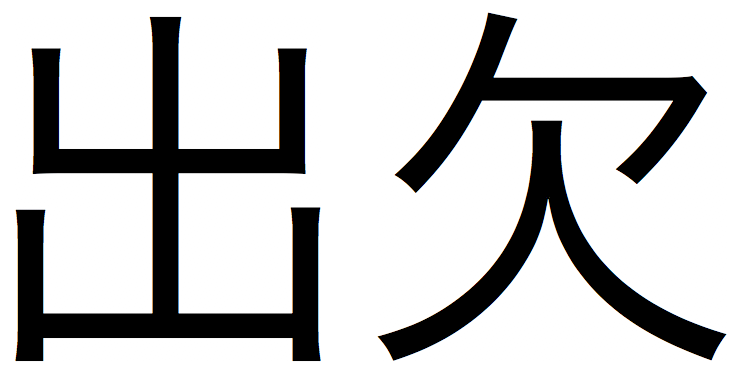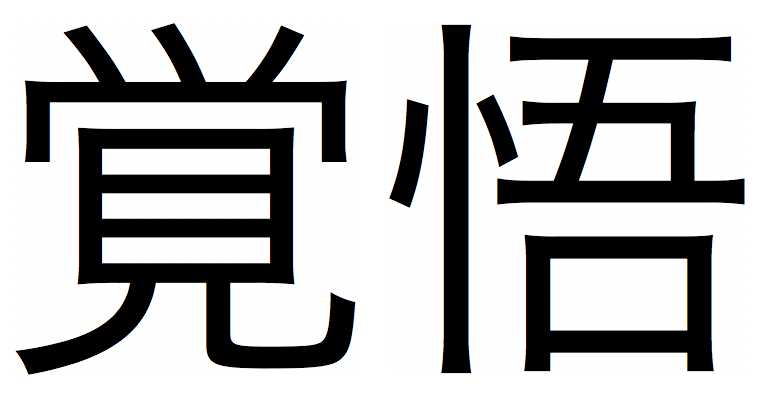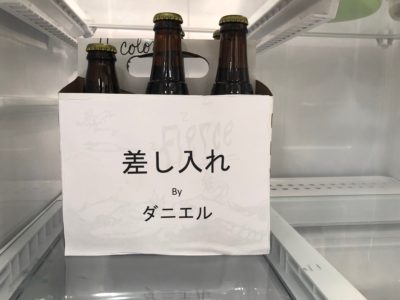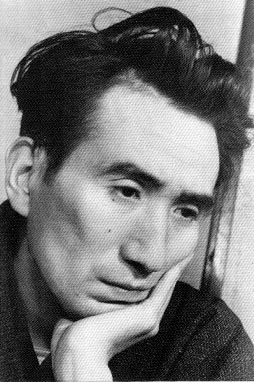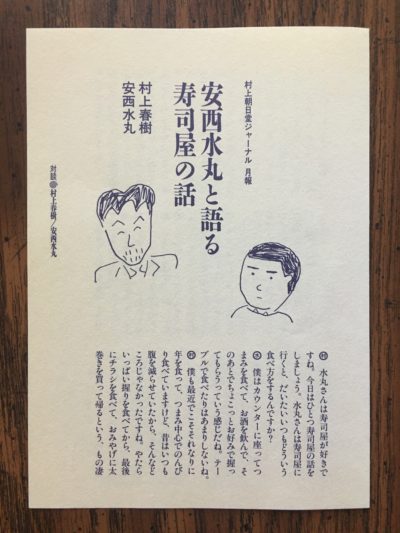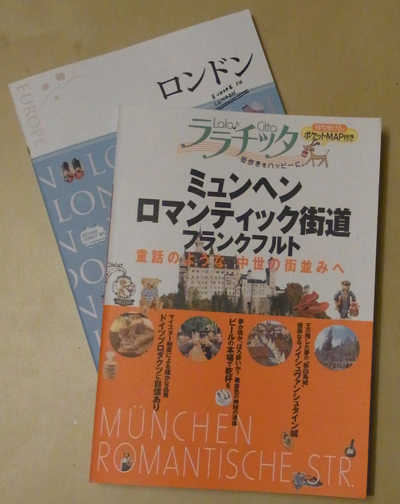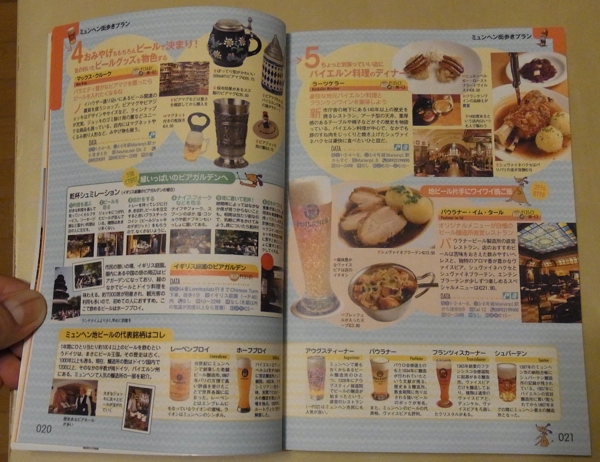Greetings from Kumamoto! I’m here for work for the rest of this week and then I’ll have a few meetings in Tokyo. I’ll have a few days free at the end of the second week, so if you’re in Tokyo and are interested in getting a beer, get in touch and I’ll let you know what I’m up to.
I was in the Japan Times last week with some tips on deciphering dialogue in Japanese fiction. Big props to the editors for this headline: “Whose line is it anyway? Tips for deciphering dialogue in Japanese fiction.”
Thanks to the JT, this tweet got a bump:
I’m in the @japantimes with a look at dialogue in Japanese fiction and how to decipher it. https://t.co/x2B7BxXvLP
— Daniel Morales (@howtojapanese) May 14, 2018
Seems like it’s a topic of interest for many. It sparked a conversation about dialogue in light novels between a few folks on Twitter, which I have to admit I couldn’t really follow.
I’ve been reading a detective novel recently and had forgotten how difficult it can be to follow dialogue in Japanese fiction sometimes. I guess I’m so used to reading Murakami, who makes a point of marking his dialogue well…and, now that I think about it, rarely has more than two people talking on their own.
I don’t have too much to add other than what I wrote in the article, but I did find two interesting links worth looking at. The first is a paper on an Ekuni Kaori short story collection by Michiyo Goda: 江國香織『きらきらひかる』における会話の提示――英訳版と比較して (An Analysis of Speech Presentation in Kaori Ekuni’s Twinkle Twinkle: In Comparison with the English Translation).
Her statement at the top of the paper is similar to the point I make at the beginning of the Japan Times piece:
小説の会話の分析というと、キャラクター 造型との関わりから、発話「内容」に注目が 集まる傾向がある。もちろんこのこと自体に問題はないのだが、文体という観点から会話を扱うならば、その提示「方法」にも注視してしかるべきであろう。
In analysis of dialogue in fiction, there’s a tendency to focus on the “content” of speech in relation to the construction of character. Of course, there’s no problem with this in and of itself, but if we take dialogue as an aspect of literary style, it seems appropriate to place more emphasis on the “methods” of its presentation as well.
I haven’t finished reading this article thoroughly, but there are some really interesting examples, and some excellent points made. She notes for example that in Japanese 伝達部の省略は当たり前になされる (It’s natural to eliminate the communication tags), and then she goes on to explain why:
英語のように伝達部を発話ごとに繰り返すと、日本語では単調な印象を与えやすいのを避けるための措置と考えられる
When communication tags are repeated for each element of speech as in English, Japanese can quickly give a monotonous impression, and this can be considered a mechanism to avoid that.
I need to read this more fully. It has some really interesting thoughts for translators to consider as they work with Japanese. Any translators out there have strong feelings about dialogue work?
The other link is by Kazumi Tachikawa: 日本語教育における引用表現 (On Quotation in Teaching Japanese as a Second Language).
Another super interesting article. I need to read it more in depth, but I fast forwarded to the conclusion (as you do), and found myself nodding:
引用は理解レベルとしては十分であっても,表現レベルにまでは達していないことが分かる。一方,文章表現においては,引用表現は多く用いられていた。
Even when comprehension of quotations is sufficient, it is apparent that their level of verbal expression hasn’t developed. On the other hand, diverse methods of quotation are used in written expression.
Very interesting indeed. Especially in light of this observation:
まず,授業(音声言語)における引用表現では,学習者の発話はどうしても断片的なものが中心となってしまうこともあり,引用表現は観察されなかった。一方,指導者の側では,語句や文章内容の意味説明において引用を多用しており,「と(って)+引用動詞」という形のほかに,「と(って)。」で文末を切るなど様々な引用形式が用いられていた。
First, in classroom (spoken language) quotation expressions, student speech was mostly made up of fragmentary utterances and quoted expressions were not observed. On the other hand, instructors made use of a wide variety of quotations, in terms of phrases and speech content, and they also made use of many different sentence-ending speech constructions, not only using “と (to) + quotation verb” but also “と(って) [to (tte).”
I wonder if there’s a hesitation to drill casual forms of the language such as って. My own experience in the classroom was definitely a です・ます experience, and I can understand why, but I feel like this can be a disservice at times.
Adding these articles to the reading pile, and I hope you do too.

